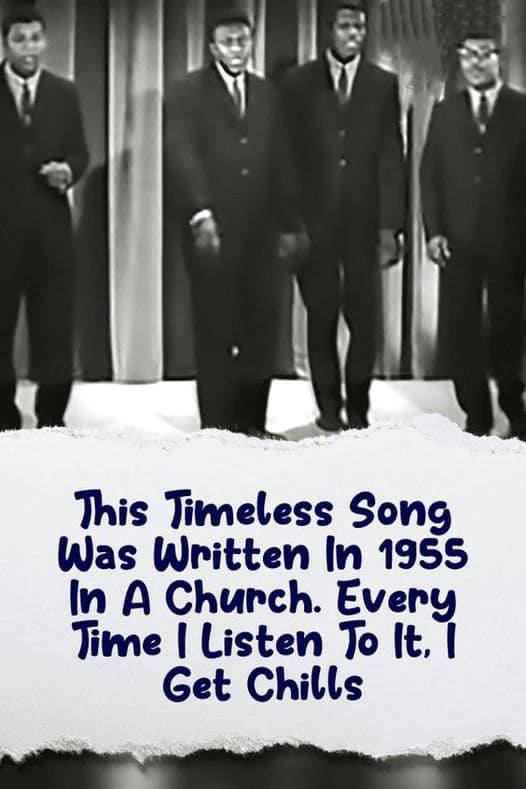If you’ve ever taken a stroll down memory lane into the golden age of doo-wop, chances are you’ve been swept away by the soul-stirring magic of the Five Satins and their unforgettable ballad, “In the Still of the Night,”
a song so drenched in raw emotion and timeless charm that once you hear it, you’ll want to press repeat again and again. Born in the basement of St. Bernadette’s Church in 1956 and wrapped in the icy stillness of a New Haven night, this track wasn’t just recorded—it was felt. Behind it all was 19-year-old Fred Parris, a U.S. Army guard lovesick for his dream girl, Marla. After a weekend of romance and heartache, the words spilled from his soul like a confession to the stars, and within hours, music history was made.
“I started playing the chord in my head and the words in my heart,” Parris recalled years later, painting a picture of heartbreak under twinkling stars and echoing chapel walls. That moment of aching love gave birth to a sound that’s been echoing through school gyms, diners, and lovers’ hearts for over half a century. With little more than two tape recorders and a dream, the Five Satins captured lightning in a bottle. “Because we did it at the church, I think the song was blessed. And so was I,” Parris once said—and he was right. The romance that inspired the song may have slipped away when Marla moved to California and never came back, but the music stayed, carved into time itself.
Though it peaked modestly at #24 on the Billboard charts, its true power lies in the way it lingers—in high school dances, in movie soundtracks like Dirty Dancing and The Irishman, and in every voice that’s tried to replicate its velvet magic. Covered by artists from Boyz II Men to The Beach Boys, “In the Still of the Night” has become more than just a song. It’s a moment frozen in harmony, a whisper of a first love, a slow dance in the shadows of memory. It doesn’t just play—it haunts, it hugs, it holds. If you’ve never listened to it, stop what you’re doing. If you have, listen again. And again. Then share your story, because this song isn’t just part of music history—it’s part of ours.
